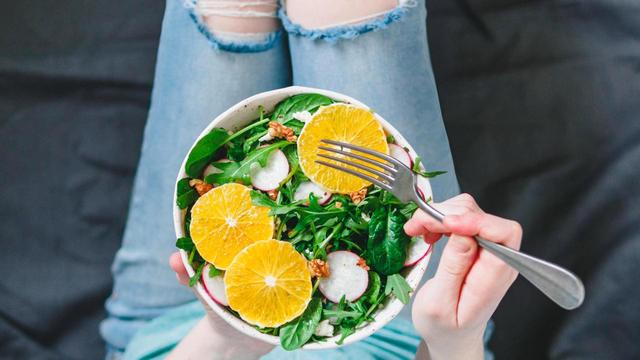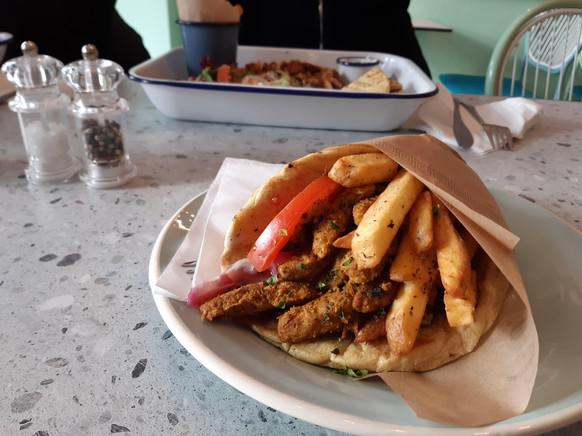
No meat, no fish, no eggs, no milk: Going completely vegan right away can be an enormous challenge. One way is to gradually get used to the new diet, also known as flexiganism. How does the principle work?
As a Flexigan you can start with one vegan day a week. This should be planned well in advance, looking for recipes and researching where to buy the relevant products. It is advisable to set a weekday between Monday and Friday for this in order to integrate the dishes into the work routine.


After you get used to it, gradually increase the intervals. Cooking vegan for half a day or individual meals can already be helpful. It is important to set small goals and plan without pressure. Even everyday foods such as cheese, yoghurt or the milk in coffee can be replaced with vegan alternatives over time.
Our tip: listen to your body and satisfy your cravings, otherwise frustration will spread. Anyone who feels unwell should contact their doctor and have the causes clarified.
Important nutrients in a vegan diet
Both vegans and flexigans should make sure they continue to consume enough important nutrients. Iron is important here, among other things, which is increasingly contained in beans, peas, chard, spinach and lamb's lettuce. Mushrooms, broccoli and seaweed are high in iodine. Zinc can be absorbed through foods such as poppy seeds, pumpkin seeds, sunflower seeds, flaxseed, oatmeal and Brazil nuts.







